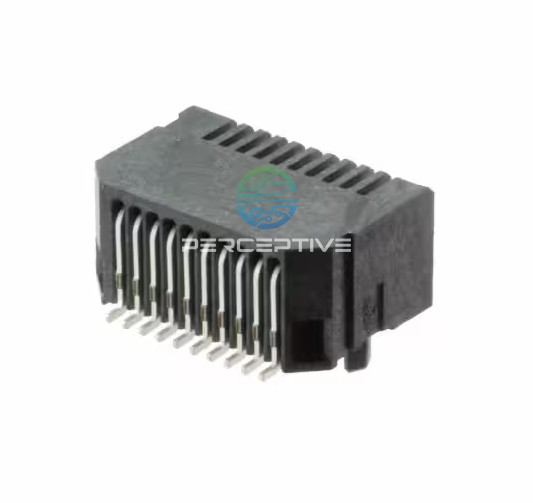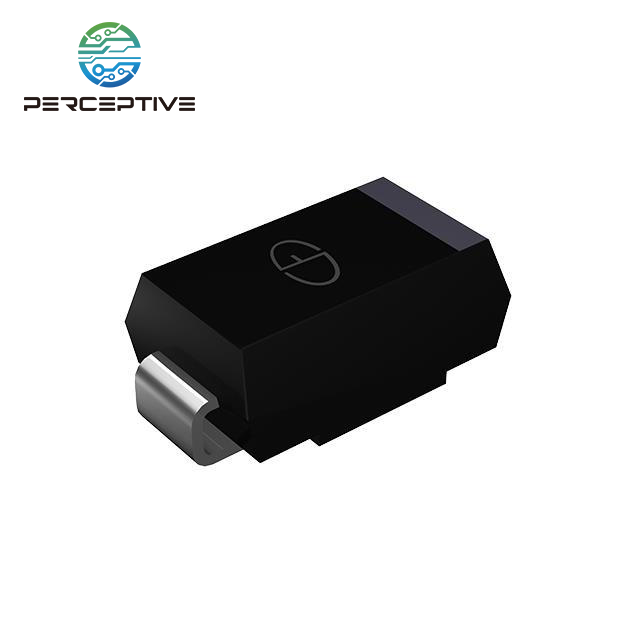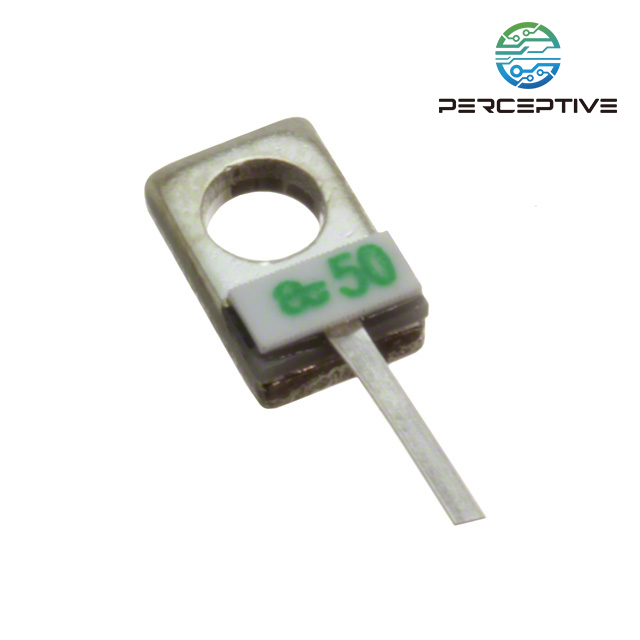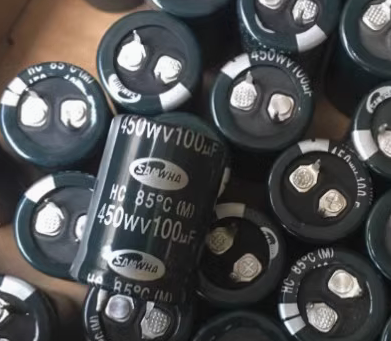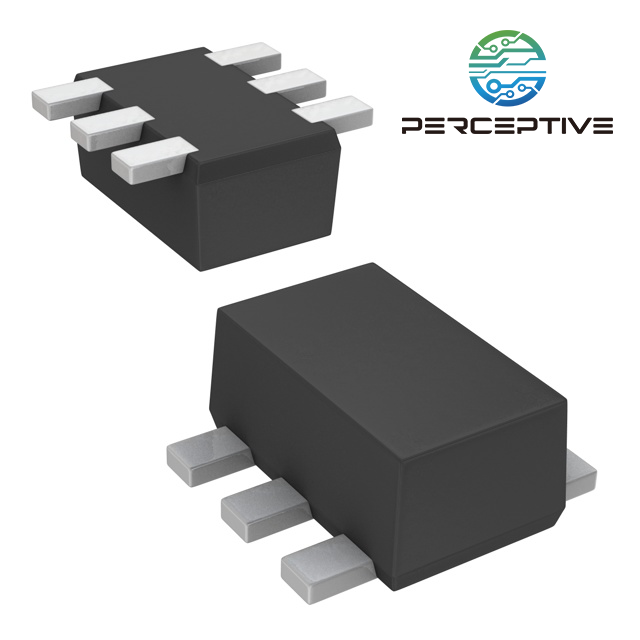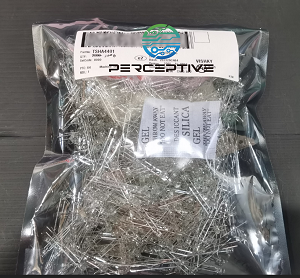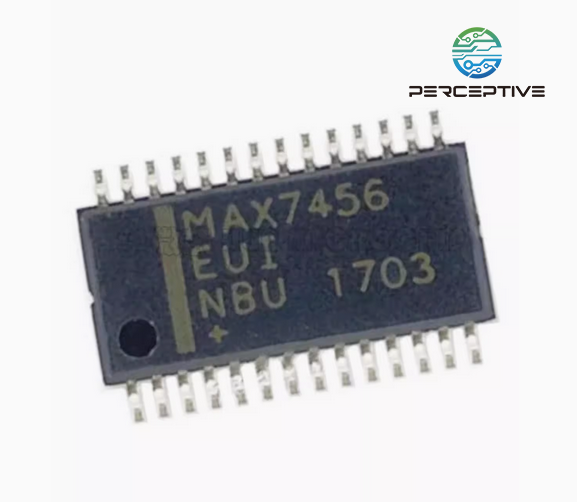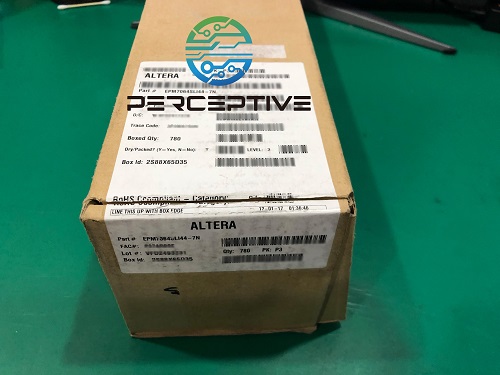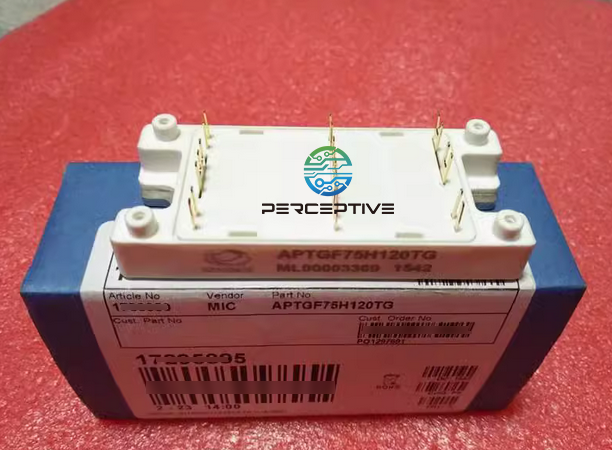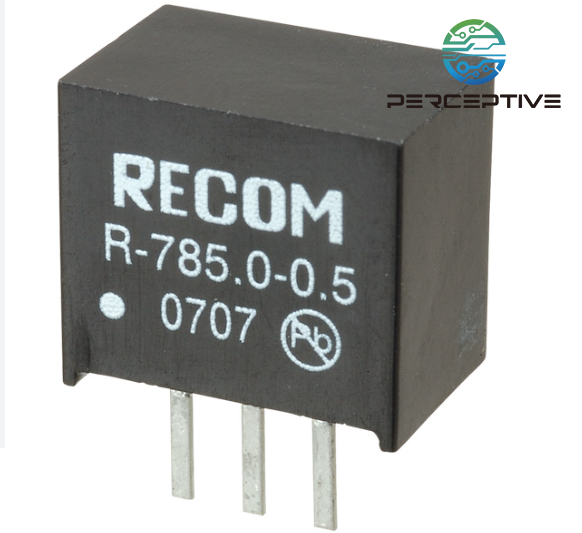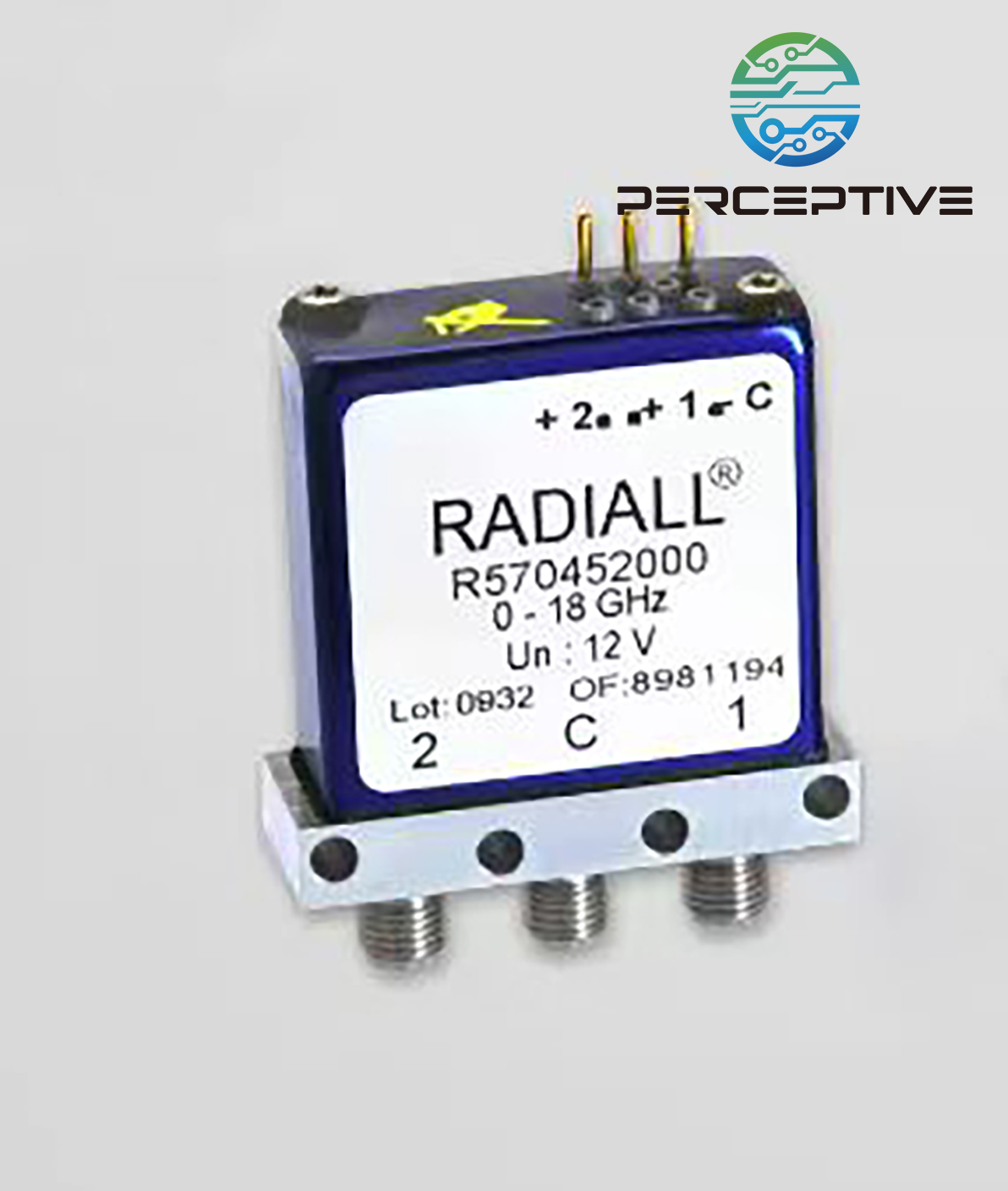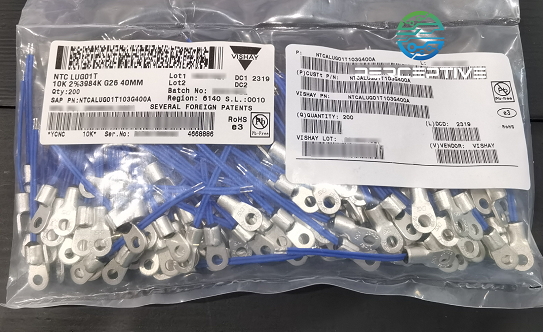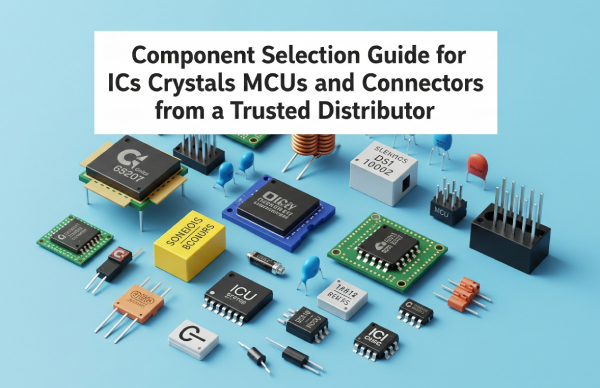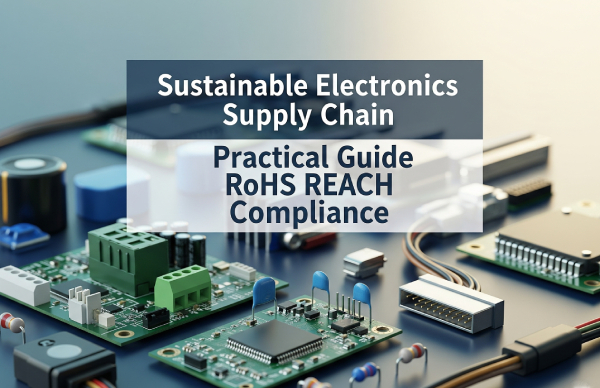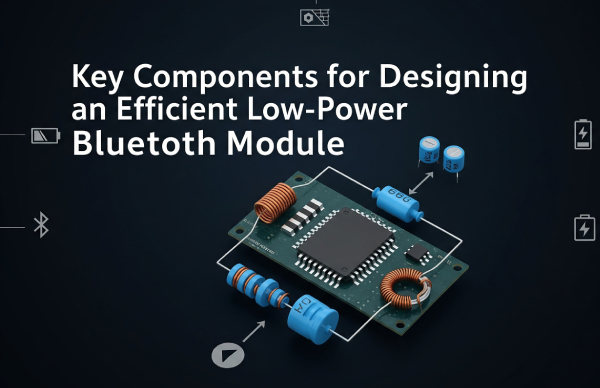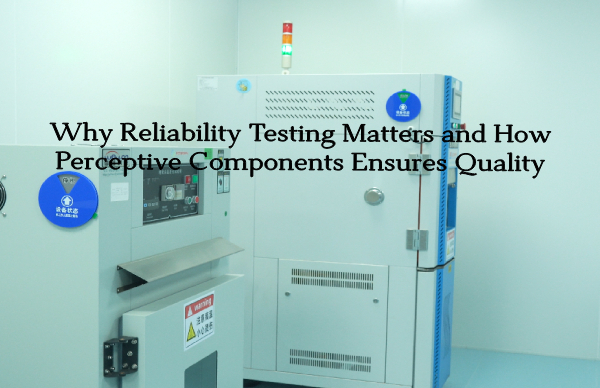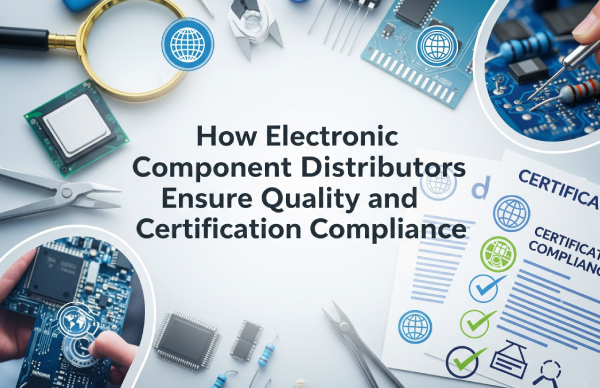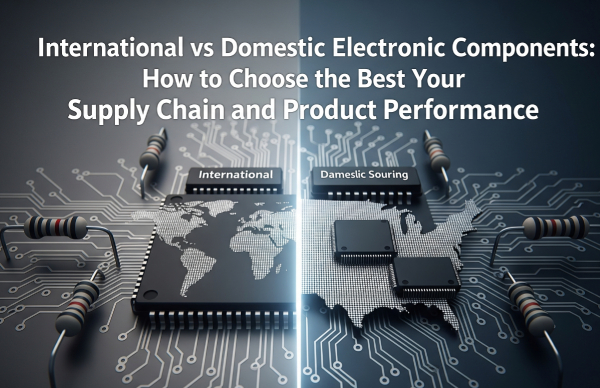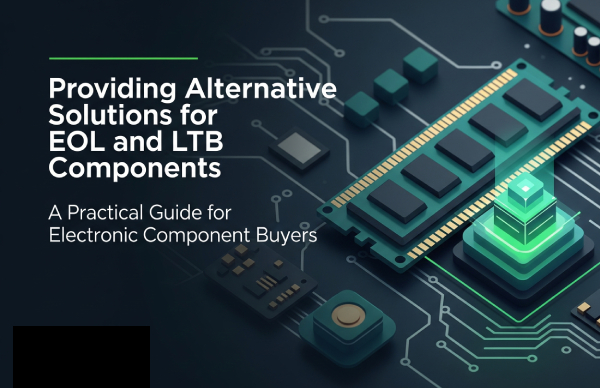In the electronics industry, managing inventory efficiently is crucial for ensuring smooth production and avoiding costly supply chain disruptions. One of the key factors influencing inventory strategy is the lead time of electronic components—the time it takes from ordering a component to its delivery. Given the complexity of global supply chains and the volatility of component availability, companies must develop a lead time-driven inventory management strategy to minimize risks and maximize efficiency.
Understanding Lead Times in Electronic Component Procurement
Lead time varies significantly across different types of components and suppliers. Several factors contribute to these variations:
Component Type: Standard passive components (resistors, capacitors) often have shorter lead times than custom ASICs or microcontrollers.
Supply Chain Complexity: Components sourced from multiple countries or regions with high geopolitical risks may face longer delays.
Manufacturing and Testing Cycles: High-reliability automotive-grade or aerospace components typically require extensive testing, leading to longer lead times.
Market Demand and Shortages: Components experiencing high demand, such as advanced semiconductors, can have lead times extending beyond 40 weeks in times of shortage.
Understanding these variables allows procurement teams to make informed decisions about stock levels, supplier selection, and order timing.
Key Strategies for Inventory Management Based on Lead Time
1. Categorizing Components by Lead Time and Criticality
Not all components require the same level of inventory management. A practical approach is to classify components into the following categories:
Short Lead Time, Low-Criticality (e.g., basic resistors, capacitors) → Keep minimal stock, rely on Just-in-Time (JIT) procurement.
Short Lead Time, High-Criticality (e.g., frequently used ICs) → Maintain buffer stock to prevent production disruptions.
Long Lead Time, Low-Criticality (e.g., specialized connectors) → Monitor supplier schedules but avoid overstocking.
Long Lead Time, High-Criticality (e.g., MCUs, PMICs) → Secure supply through strategic agreements and safety stock.
This classification helps procurement teams allocate resources effectively.
2. Forecasting Demand to Align Orders with Lead Times
Accurate demand forecasting is essential to prevent stockouts or excess inventory. Best practices include:
Historical Data Analysis: Reviewing past consumption trends to anticipate future needs.
Market Trend Monitoring: Tracking supply chain news, industry reports, and supplier insights to predict possible disruptions.
Collaboration with Suppliers: Engaging in transparent communication with vendors to get real-time updates on lead times.
With precise forecasting, companies can place orders ahead of time for long-lead-time components while optimizing stock levels for shorter-lead-time parts.
3. Implementing a Multi-Supplier Strategy
Relying on a single supplier for critical components increases risk. Diversification strategies include:
Dual Sourcing: Working with multiple suppliers for key components to reduce dependency on one manufacturer.
Approved Substitutes: Identifying and validating alternative components that can replace primary parts in case of shortages.
Regional Distribution: Sourcing from different geographic locations to mitigate regional disruptions.
A diversified supplier network ensures greater flexibility and resilience against unexpected delays.
4. Establishing Safety Stock for Critical Components
For components with unpredictable lead times, maintaining a safety stock acts as a buffer against delays. Key considerations for setting safety stock levels include:
Component Lead Time Variability: The greater the variability, the larger the buffer required.
Usage Rate: Components consumed frequently should have higher safety stock.
Supplier Reliability: If a supplier has a history of delays, additional stock should be considered.
While safety stock helps prevent disruptions, excessive stock can tie up capital and increase storage costs, so balancing inventory levels is crucial.
5. Leveraging Digital Tools and Automation
Technology-driven inventory management improves efficiency. Solutions include:
ERP & MRP Systems: Enterprise Resource Planning (ERP) and Material Requirements Planning (MRP) tools help track inventory levels and predict shortages.
AI-Powered Forecasting: Machine learning algorithms analyze consumption patterns to optimize reorder timing.
RFID & IoT Tracking: Real-time monitoring of stock levels ensures better inventory control.
By integrating digital tools, companies can transition from reactive inventory management to a proactive approach.
Conclusion
In the fast-paced electronics industry, inventory management must align with component lead times to prevent costly production halts. By classifying components, forecasting demand, diversifying suppliers, maintaining safety stock, and leveraging technology, procurement teams can build a robust supply chain strategy. As component availability fluctuates, a well-structured inventory plan ensures resilience, cost efficiency, and operational continuity.

